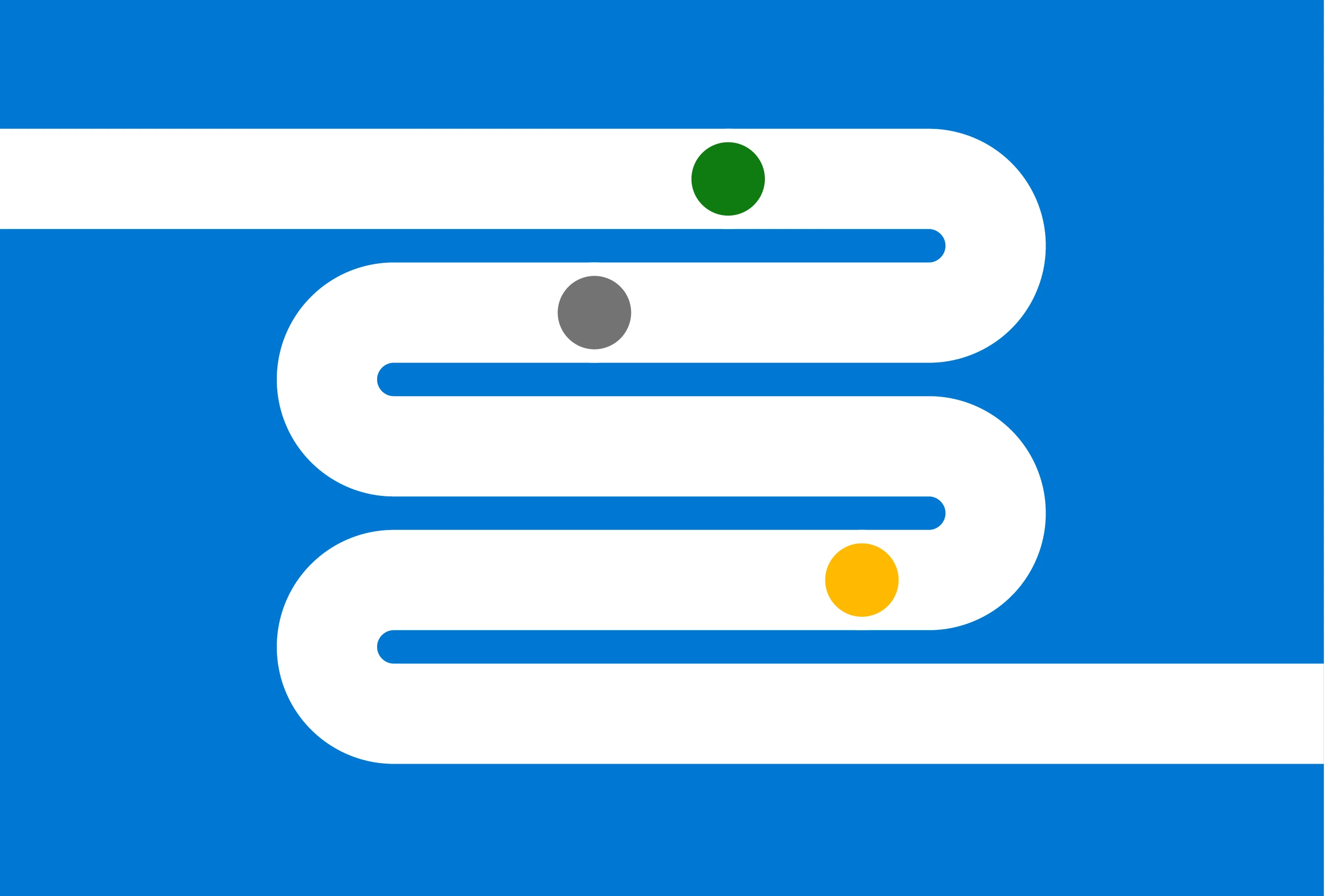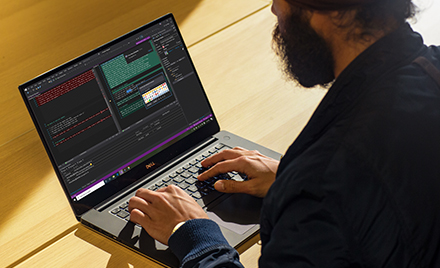


Cyberattacker techniques, tools, and infrastructure
Cyberattackers constantly evolve their techniques, tools, and infrastructure to launch increasingly complex attacks. Learn about the latest tactics and how to detect, disrupt, and defend against them.
Refine results
Topic
Products and services
Publish date
-
 Kernel Data Protection (KDP) is a set of APIs that provide the ability to mark some kernel memory as read-only, preventing attackers from ever modifying protected memory.
Kernel Data Protection (KDP) is a set of APIs that provide the ability to mark some kernel memory as read-only, preventing attackers from ever modifying protected memory. -
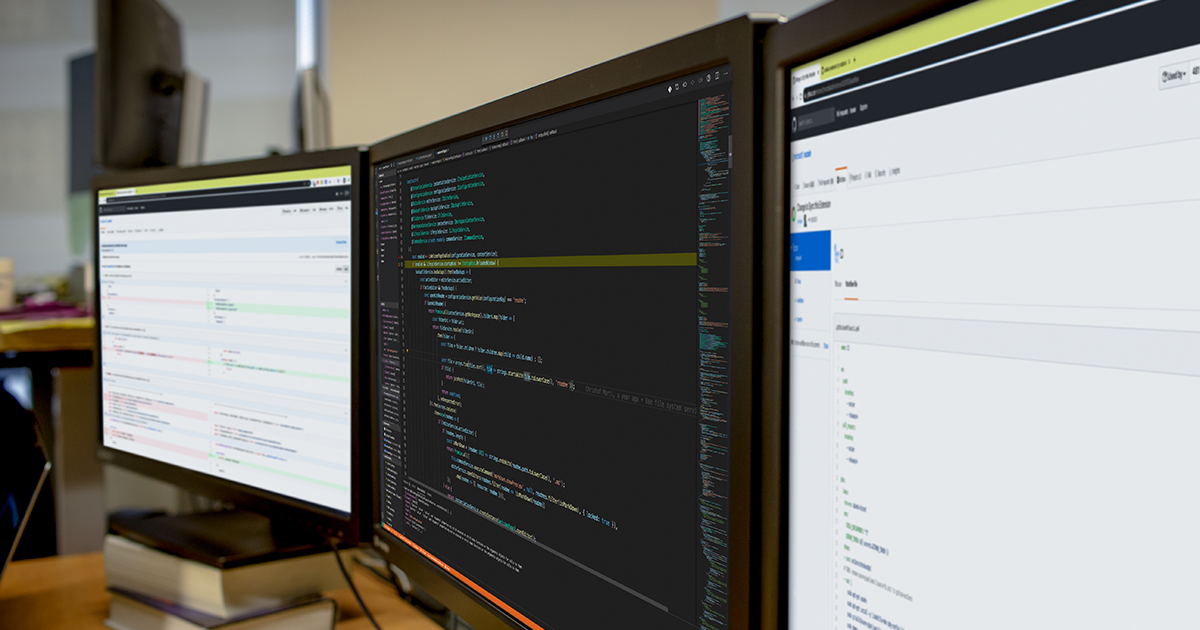
Inside Microsoft 365 Defender: Solving cross-domain security incidents through the power of correlation analytics
Through deep correlation logic, Microsoft Threat Protection automatically finds links between related signals across domains. -

Stopping Active Directory attacks and other post-exploitation behavior with AMSI and machine learning
Microsoft Defender ATP leverages AMSI’s visibility into scripts and harnesses the power of machine learning to detect and stop post-exploitation activities that largely rely on scripts. -
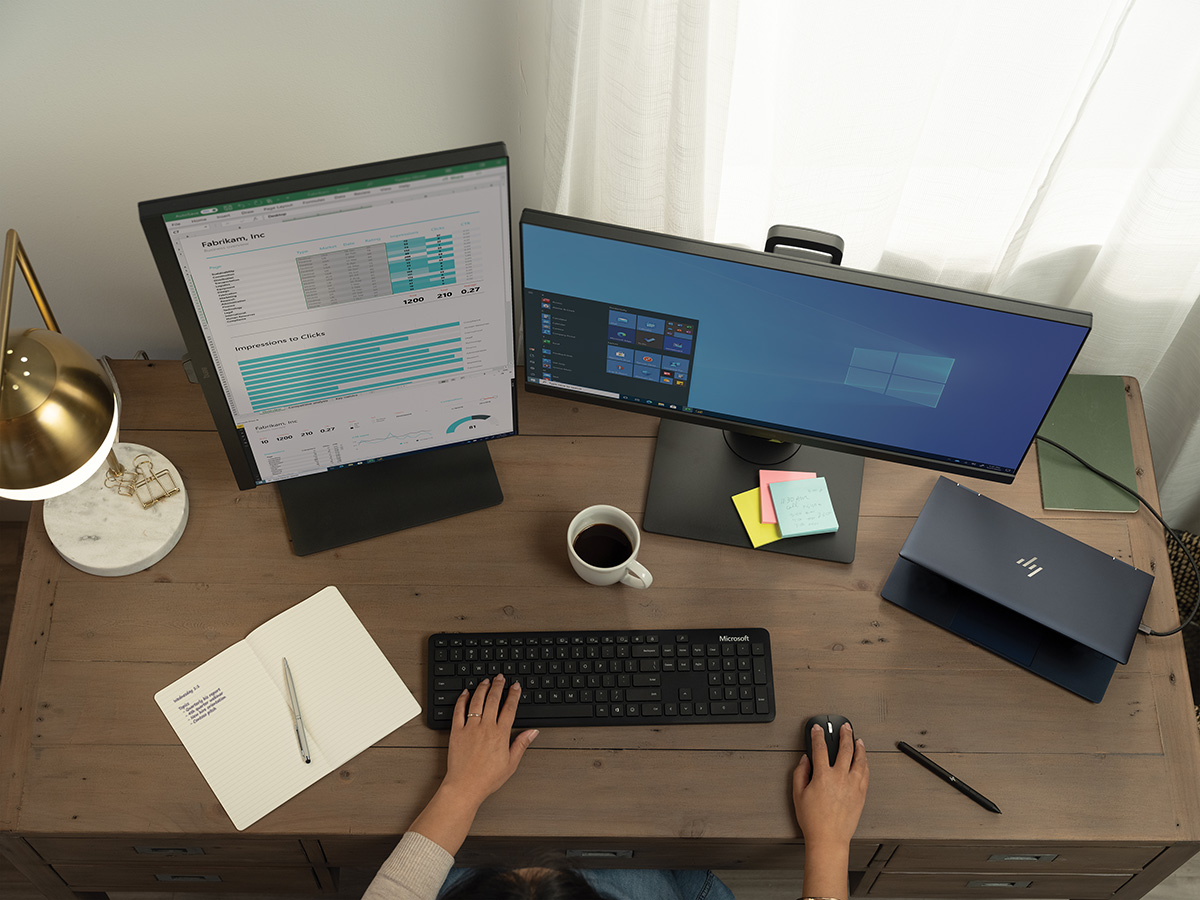
System Management Mode deep dive: How SMM isolation hardens the platform
Key to defending the hypervisor, and by extension the rest of the OS, from low-level threats is protecting System Management Mode (SMM), an execution mode in x86-based processors that runs at a higher effective privilege than the hypervisor. -

Widespread malware campaign seeks to silently inject ads into search results, affects multiple browsers
A persistent malware campaign has been actively distributing Adrozek, an evolved browser modifier malware at scale since at least May 2020. -

Ensuring customers are protected from Solorigate
UPDATE: Microsoft continues to work with partners and customers to expand our knowledge of the threat actor behind the nation-state cyberattacks that compromised the supply chain of SolarWinds and impacted multiple other organizations. -
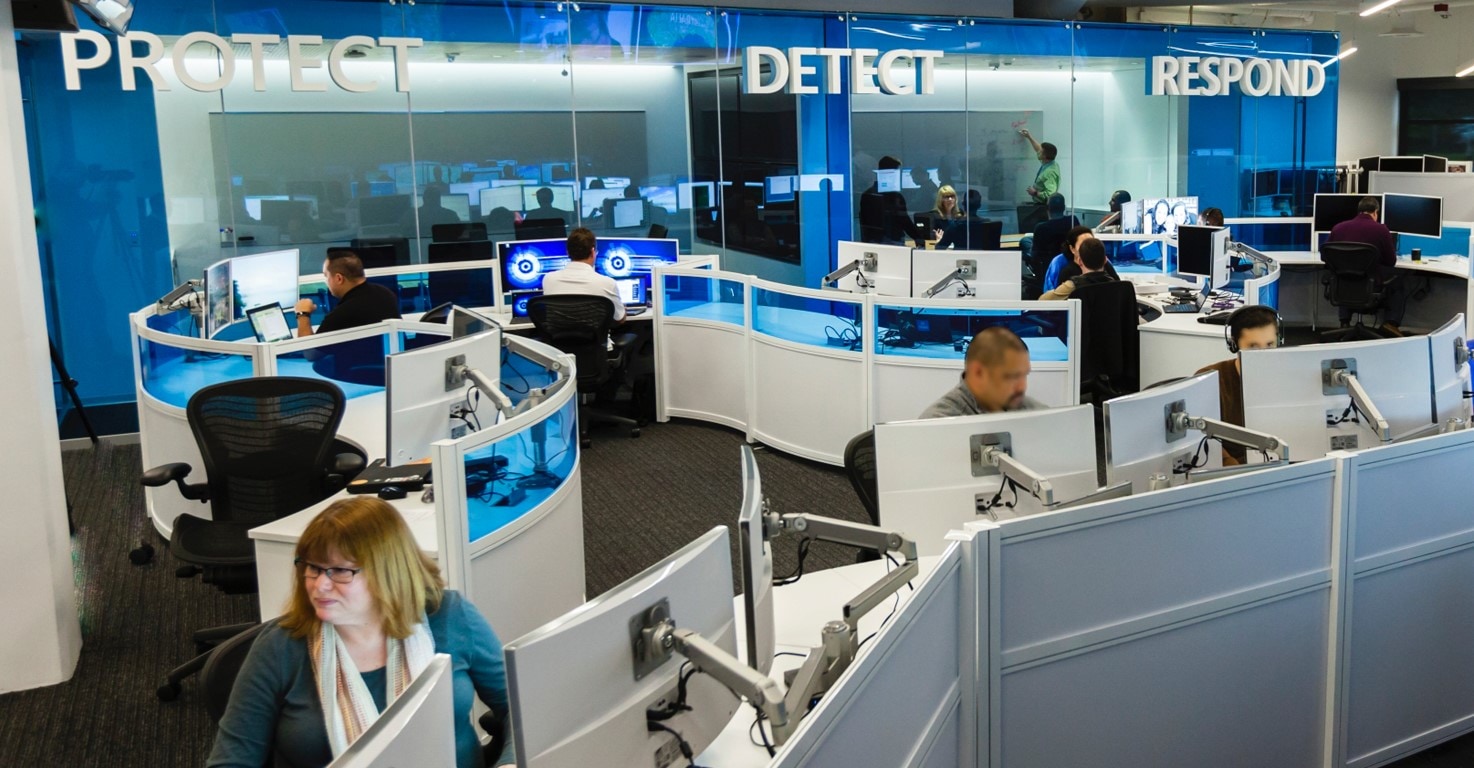
Analyzing Solorigate, the compromised DLL file that started a sophisticated cyberattack, and how Microsoft Defender helps protect customers
We, along with the security industry and our partners, continue to investigate the extent of the Solorigate attack. -
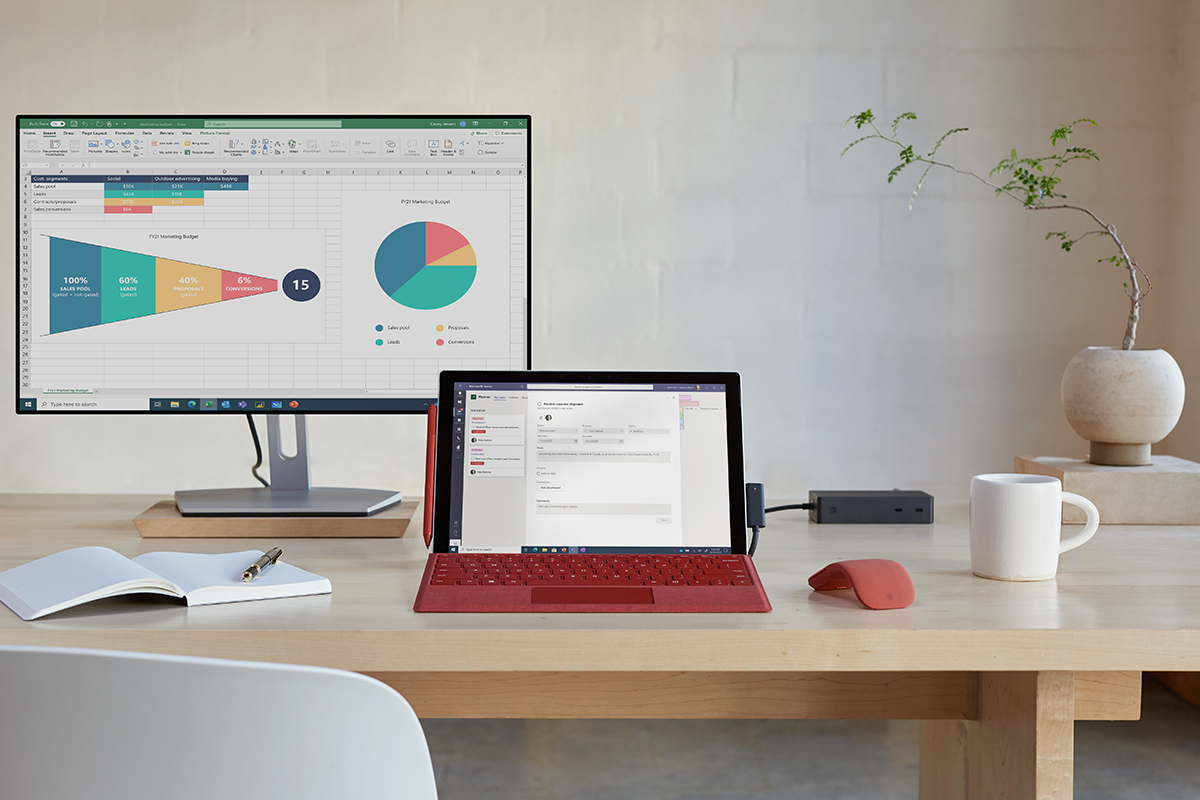
New Surface PCs enable virtualization-based security (VBS) by default to empower customers to do more, securely
The new Surface Pro 7+ for Business will ship with virtualization-based security (VBS) and Hypervisor-protected code integrity (HVCI, also commonly referred to as memory integrity) enabled out of the box to give customers even stronger security that is built-in and turned on by default. -

Deep dive into the Solorigate second-stage activation: From SUNBURST to TEARDROP and Raindrop
Our continued investigation into the Solorigate attack has uncovered new details about the handover from the Solorigate DLL backdoor (SUNBURST) to the Cobalt Strike loader (TEARDROP, Raindrop, and others). -

Web shell attacks continue to rise
A year ago, we reported the steady increase in the use of web shells in attacks worldwide. -

HAFNIUM targeting Exchange Servers with 0-day exploits
Microsoft has detected multiple 0-day exploits being used to attack on-premises versions of Microsoft Exchange Server in limited and targeted attacks. -

Analyzing attacks taking advantage of the Exchange Server vulnerabilities
Microsoft continues to monitor and investigate attacks exploiting the recent on-premises Exchange Server vulnerabilities.


